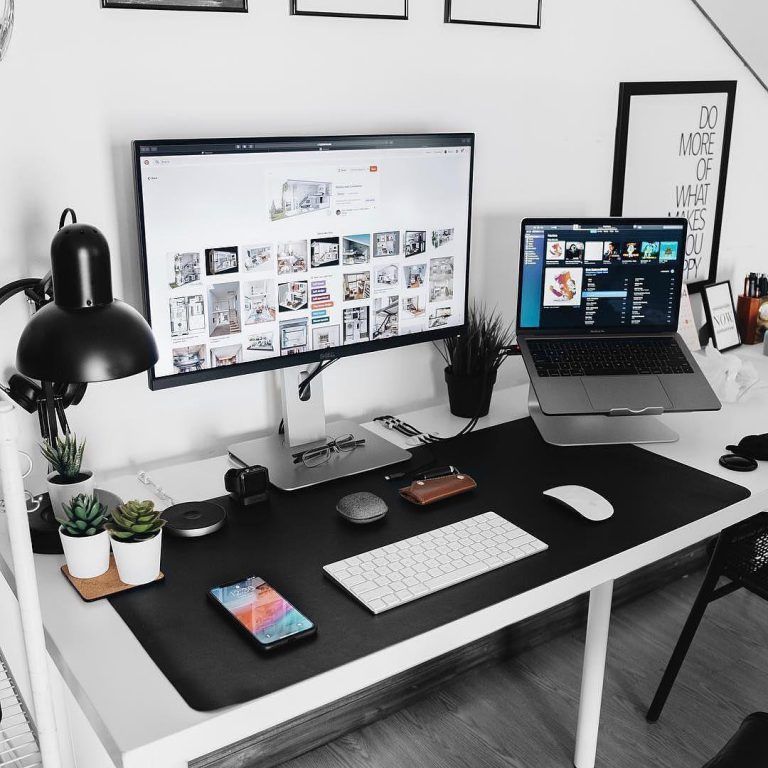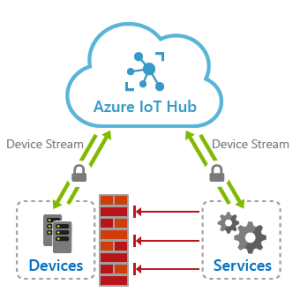
Customizing your computer for graphic design work
Introduction
In today’s digital age, graphic design has become an integral part of various industries. Whether you are a professional graphic designer or a passionate individual exploring the field, having a computer customized specifically for graphic design work can greatly enhance your creative potential and productivity levels. In this article, we will delve into the essential components and tips for customizing your computer to meet the demands of graphic design.
1. Powerful Hardware
When it comes to graphic design, a robust hardware setup is paramount. Invest in a powerful processor and a sufficient amount of RAM as this will significantly affect the speed and performance of graphic design applications. A solid state drive (SSD) is recommended over a traditional hard drive as it provides faster data access, resulting in quicker file opening and saving times. Additionally, a high-resolution display with accurate color representation is essential for precise visual editing.
2. Graphics Processing Unit (GPU)
A powerful GPU is crucial for graphic designers as it accelerates rendering times and allows for smooth and real-time visual editing. Look for a GPU with dedicated graphics memory (VRAM) and ensure compatibility with the software you use. Certain graphic design applications, such as Adobe Creative Suite, benefit from GPU acceleration, so opt for a graphics card suited for these demanding tasks.
3. Color Calibration
Accurate color representation is crucial in graphic design. Consider investing in a color calibration tool or hardware sensor to ensure your monitor displays colors accurately. This will enable you to make informed decisions regarding color selection, contrast, and overall design aesthetics. Regularly calibrating your monitor can help maintain color consistency across projects and ensure your work translates well across different mediums.
4. Ergonomic Accessories
Design work often requires long hours in front of the computer, so it’s important to prioritize comfort and ergonomics. Invest in an adjustable ergonomic chair to maintain good posture, reducing the risk of developing back or neck pain. Additionally, consider purchasing an ergonomic keyboard and mouse to minimize strain on your wrists and hands. A comfortable and well-organized workspace can enhance your focus and productivity.
5. Peripherals and Connectivity
Graphic design work involves handling large files and collaborating with clients and colleagues. Ensure your computer has plenty of USB ports to connect various peripherals like external hard drives, graphics tablets, and printers. High-speed internet connectivity is also crucial for file transfers, downloading critical software updates, and accessing online resources. Invest in a reliable router or use an Ethernet connection for a stable and efficient internet connection.
Conclusion
Customizing your computer for graphic design work is a worthwhile investment that can greatly enhance your creative process and productivity. By prioritizing powerful hardware, a suitable GPU, color calibration, ergonomic accessories, and efficient connectivity, you can create an optimal setup that allows you to focus on your design work without unnecessary technical limitations. Remember, a well-customized computer not only improves your workflow but also helps you unleash your creative potential.

